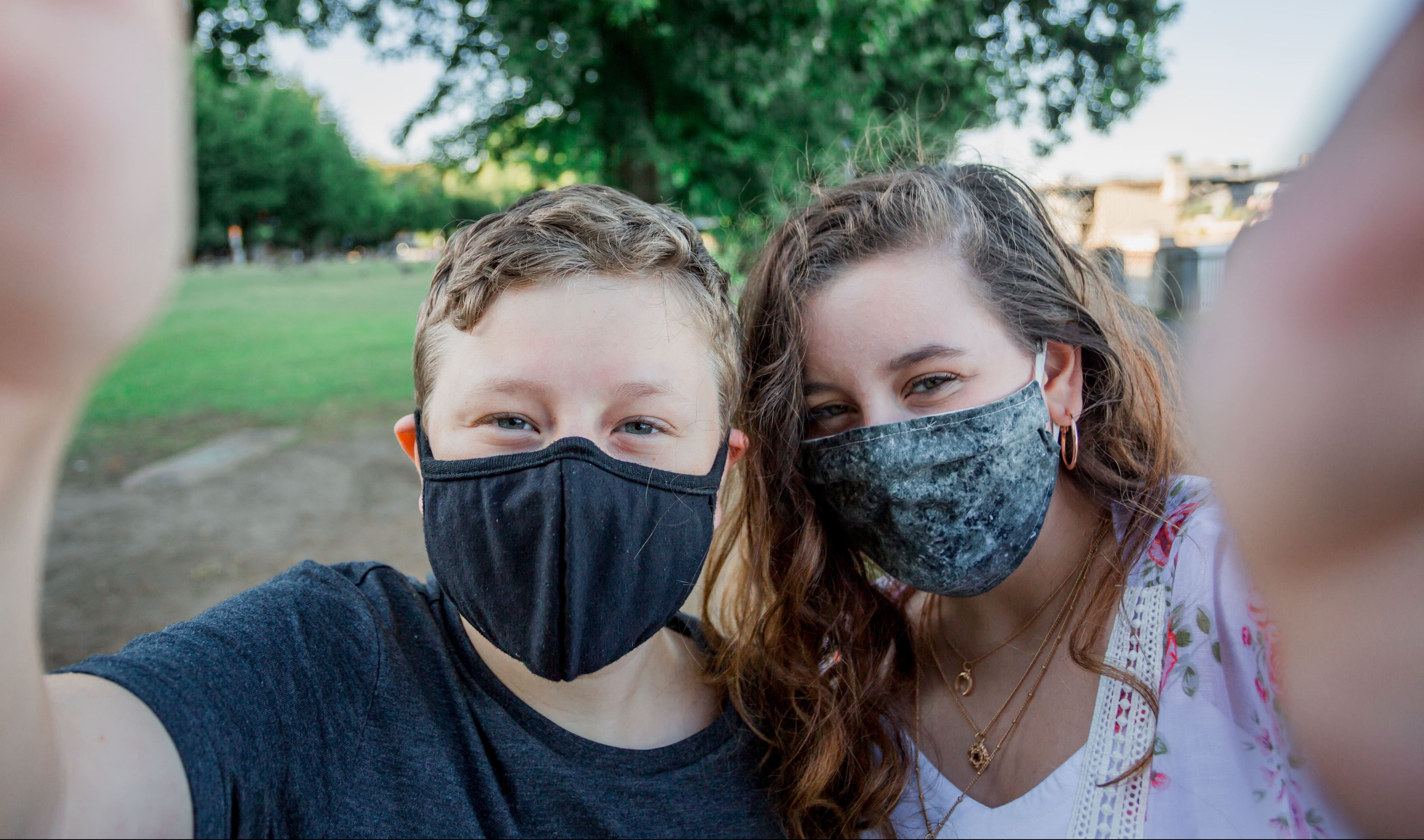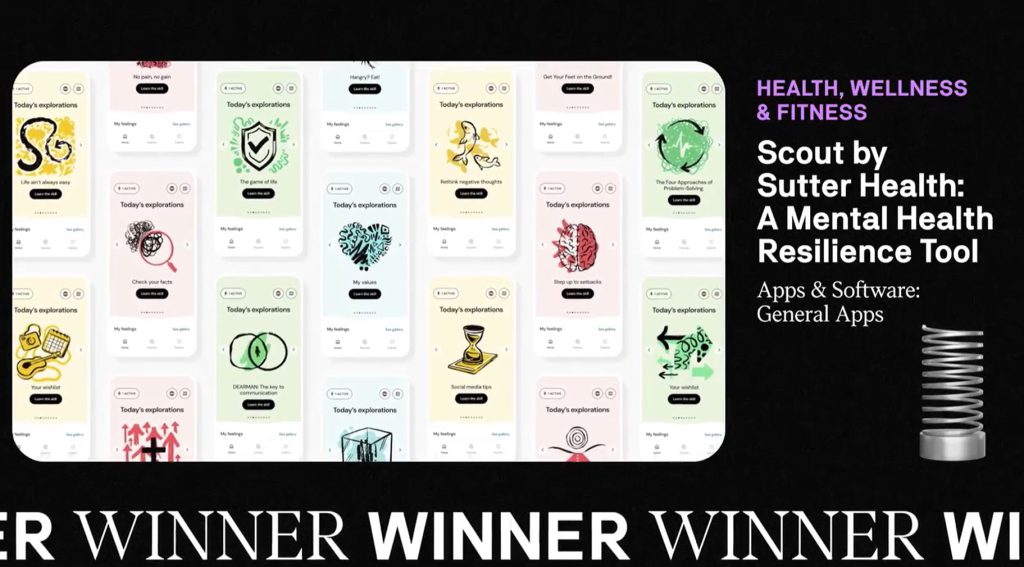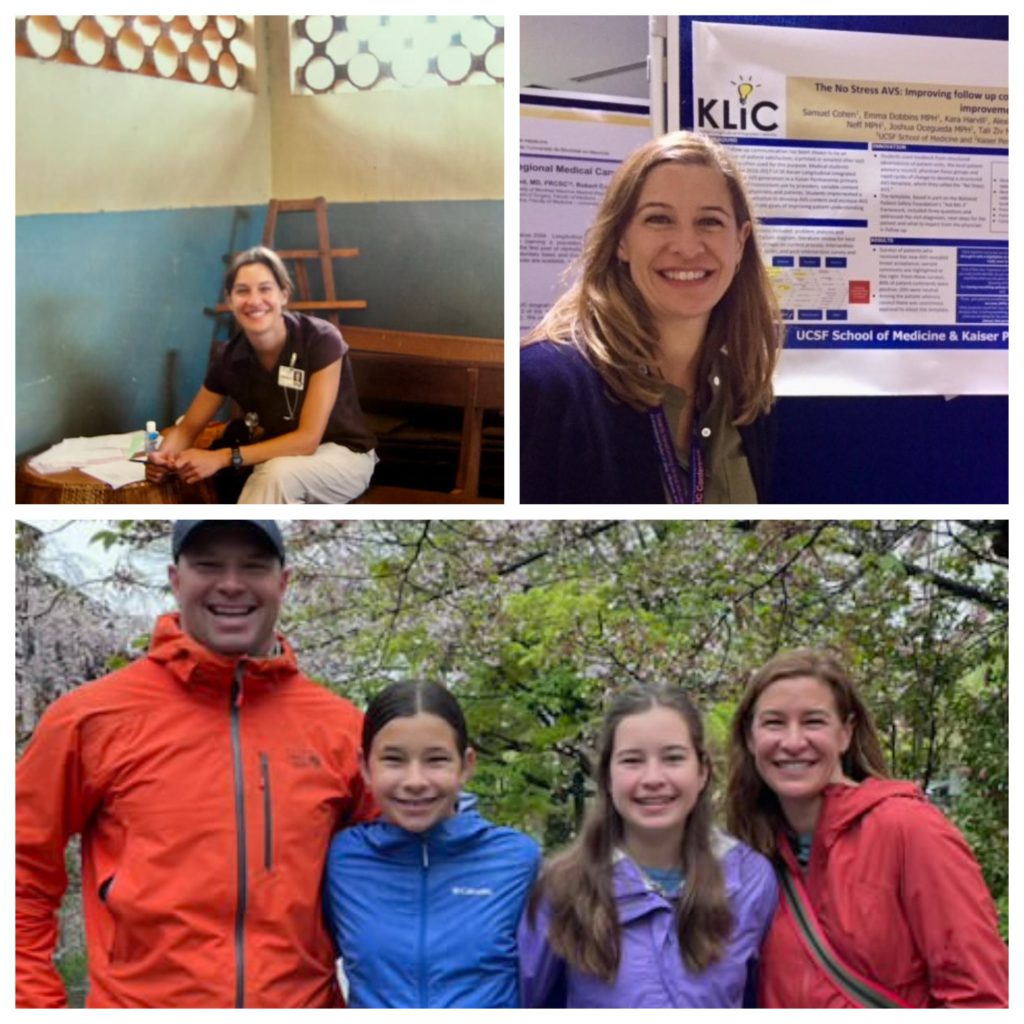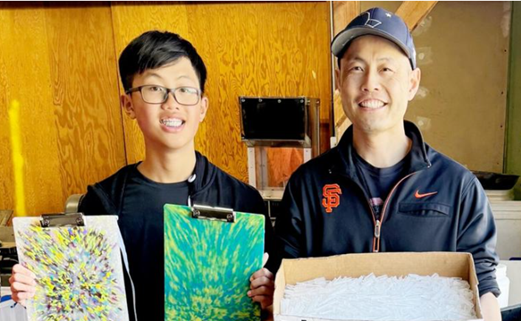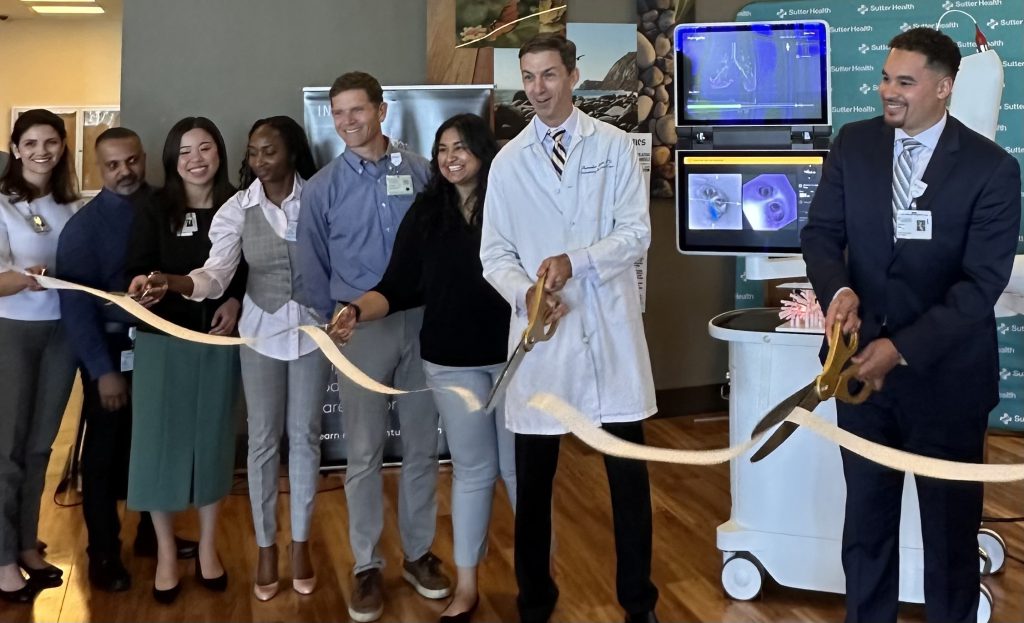A blog from John Boyd, Sutter’s CEO of System Mental Health & Addiction Care:
It is always important to reflect on our well-being, both as individuals and as a society. After the unprecedented difficulties and upheavals of 2020, it is evident: we can no longer minimize or overlook the impact of individual and collective trauma, and we must work together to ensure a more supportive, empathetic and human future. Central to that project is reimagining “mental health” as “human health”—it’s fundamental to who we are, how we connect with others and how we understand the world around us. Making this shift in thinking a reality must start with a focus on young people.
As I’ve written about before, my own childhood was shaped by experiences of trauma, stigma and shame. Sadly, these same experiences are far too common among our youth, and the events of the past year have only further intensified the impact. Too often, the heaviest burden falls on our most marginalized communities, including people of color and neurodiverse students. With schools across the country facing difficult questions about whether and how to safely re-open, it’s important to center students’ developmental needs in addition to their educational needs.
It goes without saying that young people, particularly adolescents, place a great deal of value in their friendships and peer relationships. There is a deep biological and psychological basis for this—adolescents are hard-wired to seek out friendships and form social bonds. They are also learning to assert their independence, challenge authority, and test boundaries (as any teacher or parent will attest!). School and extracurricular activities provide critical outlets for these fundamental needs, and unfortunately many public health guidelines—physical distancing, avoiding large groups—are in tension with the developmental needs of our young people. But we can learn a lot about how we can solve these problems from young people themselves.
One of the most heartening aspects of the past year, despite its difficulties, has been the many stories of creativity, hope and resilience from young people. The developmental processes I mentioned above are also great drivers of creative thinking. What may look like boredom or impatience from the outside can also be an opening for a novel, innovative idea.
We’ve seen that spirit of discovery and creativity as young people continue to raise their voices in response to ongoing police violence around the country. Others have used technology in surprising ways to stay connected with friends despite many new obstacles. Young artists are also finding ways to create through diverse media, providing a vital outlet for self-expression at a difficult time in a young person’s life. No matter what the future has in store, we can always count on young people to surprise us.
In that spirit of creativity, Sutter Health is reimagining youth mental health through human-centered design. We have a assembled a diverse team of clinical experts, social workers, designers and youth advisors to understand the lived experience of young people as they transition from childhood through adolescence and into adulthood. The interplay between the ups and downs of everyday life, developmental psychology and living with a mental health condition presents unique challenges for young people at this age. That’s why it’s so critical that we take a human health approach to reimagining the experience of young people living with mental health conditions.
We’re all facing more constraints than ever in 2020, and it’s our responsibility to keep exploring and imagining new ways to meet these challenges. We should inspire our young people to do the same—their resourcefulness and empathy gives me hope for the future. Our creativity is one of the things that makes us human. Let’s use that creativity to be healthier, too.

